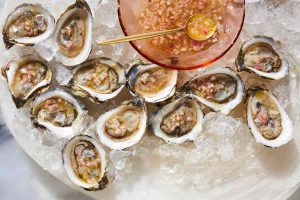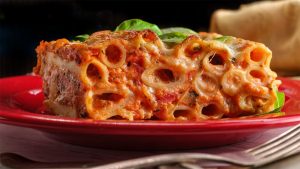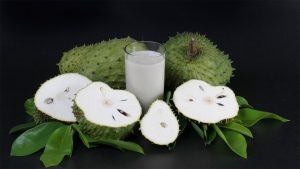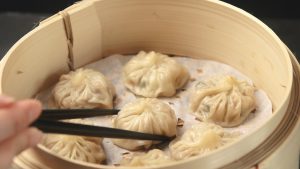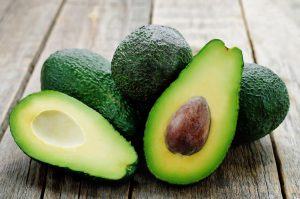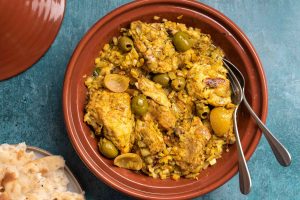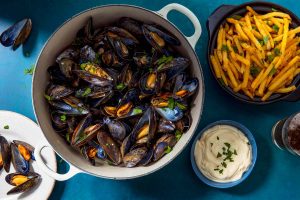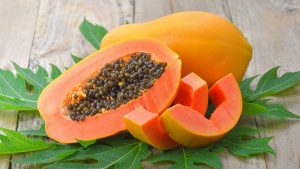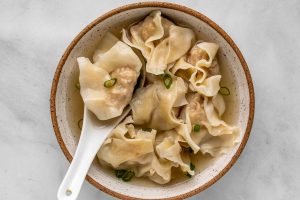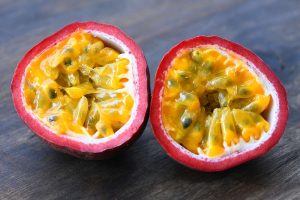
36 interesting facts about Coq au vin
- 👁️ 338
Coq au vin, a classic French dish whose name translates to “rooster in wine,” is a symbol of French country cooking. This beloved dish combines chicken (historically an old rooster), wine, mushrooms, onions, and sometimes lardons or bacon, in a rich and savory slow-cooked stew. Though rooted in rural French cuisine, coq au vin has gained international acclaim for its deep flavors and cultural significance. The dish reflects the simplicity and depth of traditional French cooking, making use of local ingredients and time-honored cooking techniques. Here are 36 interesting and informative facts about coq au vin that showcase its culinary heritage, variations, and enduring popularity.
- Coq au vin dates back to ancient times, with similar recipes found in Roman cookbooks.
- The dish was originally made with an old rooster, which required long cooking times to tenderize the meat.
- Traditional coq au vin is most commonly associated with the Burgundy region of France, where it’s typically made with Burgundy wine.
- Julia Child introduced coq au vin to the American public, popularizing it in her cookbook “Mastering the Art of French Cooking.”
- The wine used in coq au vin not only flavors the dish but also helps tenderize the tougher meat of an older bird.
- There are regional variations of coq au vin throughout France, using local wines such as Coq au Vin Jaune in the Jura and Coq au Riesling in Alsace.
- Despite its rustic origins, coq au vin was considered a luxury dish in the 20th century due to the cost of wine.
- Coq au vin was traditionally cooked in a cauldron over an open fire.
- The dish is often prepared a day in advance to allow the flavors to meld together more thoroughly.
- Coq au vin is typically served with potatoes, noodles, or crusty bread to soak up the rich sauce.
- The sauce for coq au vin includes not only wine but also chicken stock, which adds depth and richness.
- Pearl onions are a traditional ingredient in coq au vin, added for their sweet, mild flavor.
- Mushrooms, another key ingredient, are sautéed separately and added to the dish near the end of cooking.
- Some recipes for coq au vin include a small amount of brandy or cognac for additional complexity.
- The dish can be made with various types of wine, including white wine, although red wine is most traditional.
- Lardons, or small strips of bacon, are used to add a smoky flavor to the dish.
- The practice of marinating the chicken in wine before cooking is common in some recipes to enhance the flavor.
- Thyme, bay leaves, and garlic are common herbs and aromatics used to season coq au vin.
- Modern versions of the dish sometimes use chicken thighs or legs instead of a whole bird for convenience.
- Flour or a butter-flour mixture (beurre manié) is sometimes used to thicken the sauce.
- Coq au vin is considered a type of “braise,” a cooking method involving both searing and simmering in liquid.
- The dish symbolizes French “terroir” cuisine, emphasizing local and seasonal ingredients.
- Coq au vin was mentioned in literature as early as the 19th century, indicating its long-standing place in French culture.
- The use of older roosters in traditional recipes reflects a “nose-to-tail” approach to cooking, minimizing waste.
- The color of the sauce can vary from deep purple to a rich burgundy, depending on the wine used.
- Coq au vin is sometimes garnished with fresh parsley before serving for a touch of color and freshness.
- The alcohol in the wine evaporates during cooking, leaving only the flavor behind.
- In France, coq au vin is often served on special occasions and gatherings, highlighting its role in communal dining.
- The dish requires several hours of cooking time to achieve the desired depth of flavor and tenderness.
- Coq au vin is included in many French culinary schools’ curricula, teaching students the fundamentals of braising and French cuisine.
- Historically, coq au vin was a way to make use of roosters past their prime for laying eggs.
- Some chefs use tomato paste in their coq au vin for added richness and color.
- In French, “coq” specifically refers to a male chicken, reflecting the dish’s origins.
- The dish has been adapted and embraced by chefs worldwide, leading to numerous variations.
- Coq au vin embodies the concept of “comfort food” in French cuisine, offering warmth and satisfaction.
- The dish’s popularity has led to it being featured in films, television shows, and novels, often symbolizing sophistication and culinary skill.
Coq au vin is a celebrated dish that captures the essence of French culinary tradition, combining simple ingredients with meticulous cooking techniques to create a meal that is rich in history and flavor. Its evolution from a peasant dish to a gourmet classic demonstrates the timeless appeal of French cuisine and its ability to adapt and thrive through centuries. The various regional interpretations of coq au vin showcase the diversity within French cooking itself, while the dish’s international popularity highlights its universal appeal. As coq au vin continues to be enjoyed in kitchens and restaurants around the world, it serves as a reminder of the power of food to connect us to different cultures, histories, and traditions.
